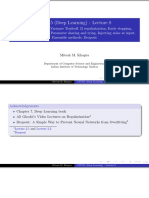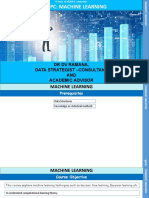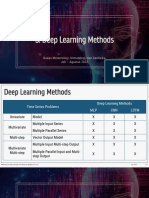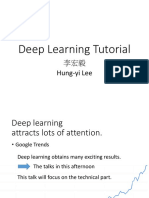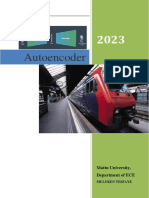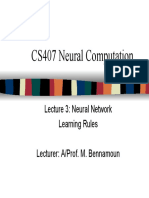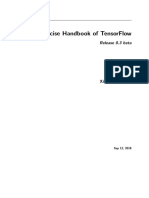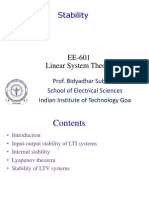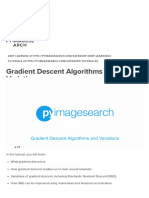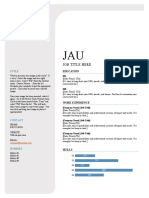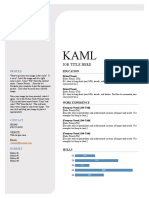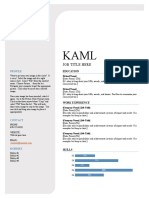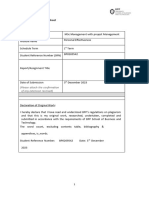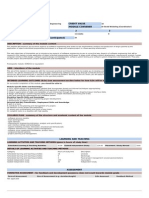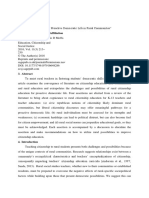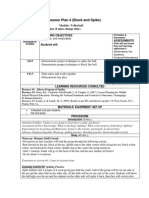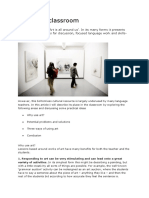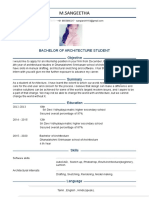0% found this document useful (0 votes)
228 views74 pages23 DeepLearning PDF
Deep learning provides state-of-the-art results in machine learning through neural networks that can learn representations of data. Key developments enabled the recent successes of deep learning, including increased computational power for training large neural networks, growth in data availability, and algorithmic improvements like dropout and unsupervised pre-training. Deep learning is now widely used by technology companies for applications like computer vision, speech recognition, and natural language processing.
Uploaded by
kavinscribCopyright
© © All Rights Reserved
We take content rights seriously. If you suspect this is your content, claim it here.
Available Formats
Download as PDF, TXT or read online on Scribd
0% found this document useful (0 votes)
228 views74 pages23 DeepLearning PDF
Deep learning provides state-of-the-art results in machine learning through neural networks that can learn representations of data. Key developments enabled the recent successes of deep learning, including increased computational power for training large neural networks, growth in data availability, and algorithmic improvements like dropout and unsupervised pre-training. Deep learning is now widely used by technology companies for applications like computer vision, speech recognition, and natural language processing.
Uploaded by
kavinscribCopyright
© © All Rights Reserved
We take content rights seriously. If you suspect this is your content, claim it here.
Available Formats
Download as PDF, TXT or read online on Scribd
/ 74

